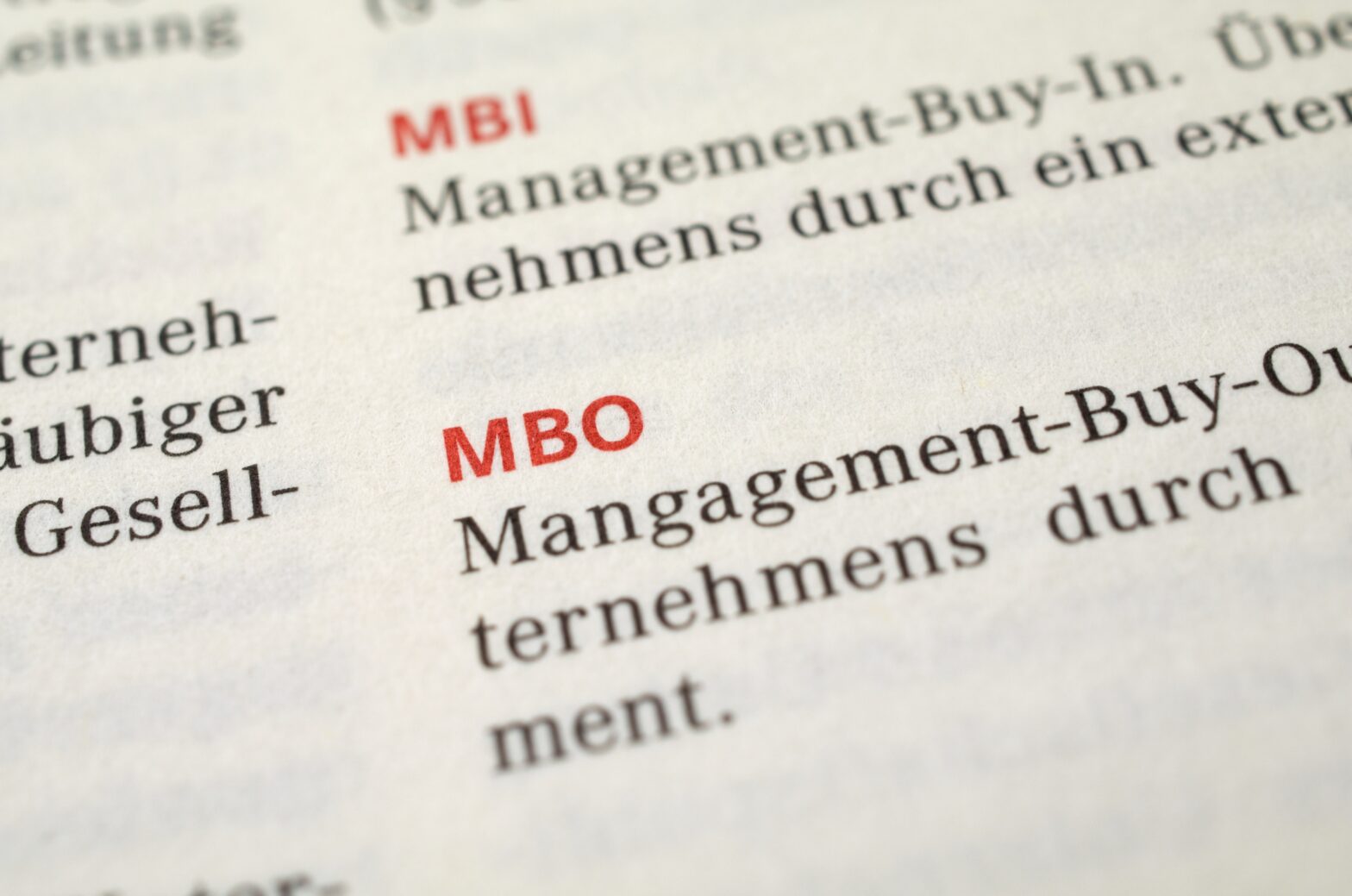Are you sitting back wondering how you can develop your business? Is it getting harder to grow organically, or are you looking for that step change that will take you up to the next level and open up new opportunities? If so, have you considered looking for an acquisition?
Before we go any further it needs to be said that acquisitions are not the magic bullet. As with any business project or process there is nothing inherently good about them, and each one must have a well-considered strategic rationale. But if, after serious consideration, you think it might be the right step, where do you start? The key message is that you don’t have to wait for acquisition opportunities to come to you. The best results often come from a proactive search process.
Here are our top five tips to get you going.
Be clear about what are you trying to achieve
The overarching aim from any acquisition should be to create value for the business. The basic premise of “we just want to grow” will, unless you are very lucky, just lead to you down a road of investing money in a value destroying project. Acquirers in the most successful deals have a very clear reason for making an acquisition, which might include:
- Getting skills, technologies or products faster or at lower cost than you can build them yourself;
- Accelerating market access for your products, maybe with a new customer base, or in a new territory;
- Using your market access for someone else’s products, if they are targeting the customers you already serve;
- Acquiring a young business where your skills are the perfect fit to help it develop.
Establish early on how you are likely to fund the acquisition
It’s a good idea, before you go out shopping, to know where the funds might come from. And unless you are sitting on a lot of cash, chances are you will have to look outside the business. For smaller acquisitions you may able to fund them with debt, either a term loan or some asset based finance which will not dilute you or your fellow shareholders. For larger deals you may have to take in some equity either from angel investors, or from a private equity fund which is increasingly a good source of finance for mid-market SMEs.
Start with a blank sheet of paper to build up your target list
So you have decided that there is a good strategic rationale and potential funding, but are there any companies that fit the profile? You may have received some calls from firms like ours looking to sell businesses to you. And while these can occasionally throw up a gem, there is nothing like starting with a blank sheet of paper and being proactive about what you want. Think about your criteria and using desktop research, industry knowledge, industry databases, advisors and connections you can start to build your list. It is worth spending time up front being as comprehensive as possible. You may be surprised with what comes up!
Run a professional process in approaching your targets
So now you have a clear target list you are ready to go. But what next? This is perhaps the most difficult bit; how do you find out if any of your targets are interested in discussing a sale? There is no magic, it just requires the legwork and this is where it is helpful to have an adviser doing the work for you. They can make approaches in a professional way, on a “no names” basis, and have those early conversations to assess interest, while you keep your eye on running your business.
Follow up interest quickly
Brilliant! You have a couple of interested parties, with whom you can start a more serious discussion. So don’t let them go cold. Agree with them what information you need to make a better assessment and to decide whether you want to make formal offer. After that you can negotiate headline terms (often called a Heads of Terms) and agree a period of exclusivity to carry out due diligence. If everything is as they presented, you can complete your acquisition. Congratulations!
Don’t lose sight of why you made the acquisition in the first place
Making an acquisition doesn’t end on the day the deal completes, in fact it is just the beginning. This is when you need to dust off your strategy document and remind yourself why you bought the business in the first place. “Post-merger integration” is a well worn corporate phrase and I won’t even start to discuss it in this short article. But the key thing is to quickly work out how to get the best out of your new acquisition, and how to ensure it is a success, not a wasted opportunity.
So what next?
It goes without saying that SMEs rarely have the resources in-house to focus on managing an effective acquisition. Getting advisers on board for all or some of the journey will not only free you up to keep your current business on track, they will also ensure what whatever acquisition you do make will be done in the most efficient way, to deliver maximum value to you and your business. Whether you want help on developing your initial strategy, identifying targets, or you have a target but want someone to carry out due diligence, get some advice and make sure your experience is good, not bad, and definitely not ugly!
Sarah Moores is the director of Price Bailey Strategic Corporate Finance.







